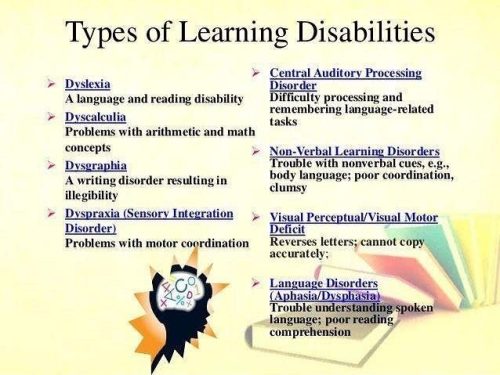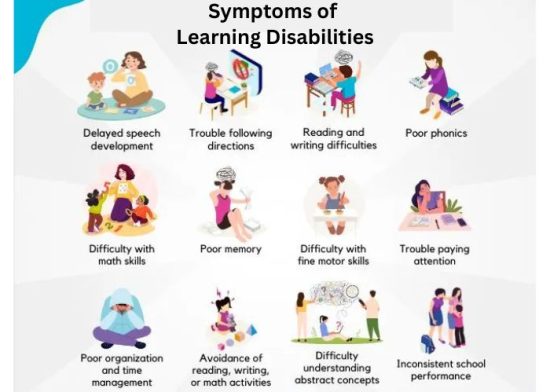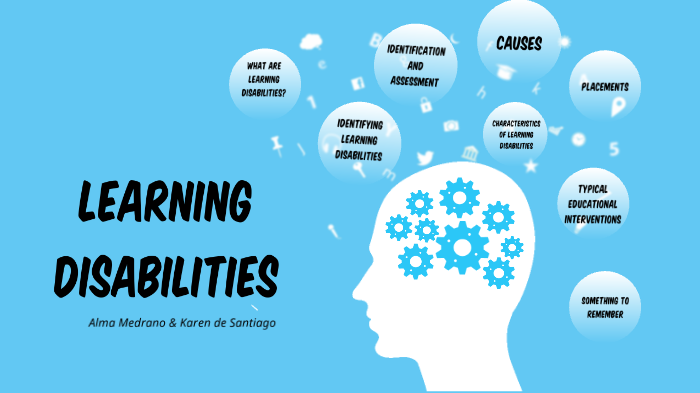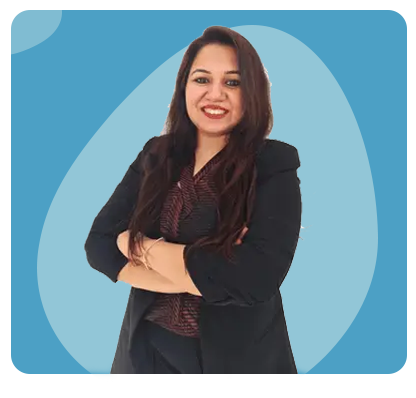Learning disabilities in children are conditions that affect how they process information, making it harder for them to learn in traditional ways. These challenges are not related to intelligence, but rather to the brain’s ability to interpret and respond to certain types of input. Children with learning disabilities may struggle with reading, writing, math, or other cognitive tasks, but they can still excel in many areas with the right support. In this blog, we’ll discuss the various types of learning disabilities, their symptoms, causes, and the importance of early diagnosis and support in helping children succeed academically and emotionally.
What are Learning Disabilities?
Learning disabilities are lifelong neurological conditions that impact how the brain receives, processes, stores, and responds to information. These disabilities can interfere with a child’s ability to read, write, spell, reason, recall, organize, or perform math calculations. Importantly, learning disabilities are not a reflection of a child’s intelligence—many children with learning disabilities are highly intelligent and creative, but they learn differently.
Children with learning disabilities may require alternative teaching methods, extra support, and personalized educational plans to reach their full potential. Identifying these challenges early is crucial for timely intervention and long-term success.

Types of Learning Disabilities
Learning disabilities are not one-size-fits-all. Each type affects specific areas of learning and development. Here are the major types:
1. Dyslexia – Difficulty with Reading
Dyslexia is one of the most common learning disabilities. It affects reading skills and can show up as:
- Difficulty identifying speech sounds and learning how they relate to letters and words (phonological processing)
- Slow or inaccurate reading
- Poor spelling and writing
- Trouble with reading comprehension
Children with dyslexia may avoid reading aloud or struggle with vocabulary and understanding written instructions. Dyslexia can range from mild to severe and often runs in families.
2. Dysgraphia – Difficulty with Writing
Dysgraphia affects handwriting and fine motor skills involved in writing. Symptoms include:
- Illegible handwriting
- Inconsistent spacing
- Poor spelling and grammar
- Trouble organizing thoughts on paper
- Difficulty copying text or taking notes
Writing may be frustrating for these children, and they may resist activities that involve it. Using assistive technology and occupational therapy can help improve their writing skills.
3. Dyscalculia – Difficulty with Math
Dyscalculia impacts a child’s ability to understand numbers and mathematical concepts. Signs include:
- Struggling to recognize numbers or understand their value
- Trouble memorizing basic math facts (like multiplication tables)
- Difficulty with time, money, measurement, and sequencing steps in math problems
- Inability to grasp abstract math concepts
Math learning disorders often go unnoticed until elementary school, when more complex math is introduced.
4. Auditory Processing Disorder (APD)
APD affects the way the brain interprets sounds, especially speech. It is not a hearing problem but a processing issue. Children may:
- Have trouble distinguishing similar sounds or words
- Mishear instructions or questions
- Get overwhelmed in noisy environments
- Struggle with following verbal directions or classroom discussions
Speech therapy and classroom accommodations, like written instructions, can help children with APD thrive.
5. Visual Processing Disorder
This disorder makes it difficult to interpret visual information, even with normal vision. Children may:
- Reverse letters or numbers
- Struggle with reading comprehension and recognizing patterns
- Have trouble judging distance or direction
- Be easily distracted by visual clutter
It can affect reading, math, and hand-eye coordination tasks. Vision therapy and specially designed educational tools can help.
6. Nonverbal Learning Disabilities (NVLD)
NVLD is a less recognized but significant learning disorder. Children with NVLD often:
- Excel in verbal expression but struggle with visual-spatial tasks
- Have poor coordination and motor skills
- Find it hard to read body language or facial expressions
- Struggle with abstract reasoning and problem-solving
They may perform well academically but face challenges in social and emotional development.

Symptoms of Learning Disabilities
Recognizing the symptoms early can help with timely diagnosis and support. Common signs include:
- Delayed speech or language development
- Difficulty learning the alphabet, numbers, colors, or days of the week
- Problems with reading, writing, or math tasks
- Trouble following directions or staying organized
- Easily distracted or unable to focus
- Poor memory and difficulty retaining learned information
- Avoidance of homework or school-related tasks
- Low self-esteem, frustration, or behavioral issues
It’s important to note that symptoms vary based on the type of disability and the child’s age.

Causes of Learning Disabilities
Learning disabilities often arise from a combination of factors. These include:
1. Genetic Factors
Many learning disabilities run in families, suggesting a strong genetic link. If a parent or sibling has a learning disability, a child is more likely to develop one as well.
2. Neurological Differences
Brain imaging studies have shown that children with learning disabilities process information differently. These structural or functional differences in the brain can affect specific learning abilities.
3. Prenatal and Neonatal Factors
- Exposure to alcohol, drugs, or toxins during pregnancy
- Complications during birth, such as a lack of oxygen
- Premature birth or low birth weight
These can affect brain development and increase the risk of learning difficulties.
4. Environmental Influences
- Poor nutrition in early childhood
- Exposure to lead or other harmful substances
- Lack of early stimulation or educational opportunities
Environmental factors may not directly cause a learning disability, but can contribute to delays in development.

Diagnosing Learning Disabilities
Diagnosis is a collaborative process involving parents, teachers, pediatricians, and specialists. Key steps include:
1. Observational Reports
Teachers and parents provide detailed observations of the child’s academic performance, behavior, and developmental milestones.
2. Developmental Screening
Pediatricians or specialists may conduct early screening tests to assess developmental delays or learning challenges.
3. Educational and Psychological Assessments
Trained psychologists use standardized tests to evaluate:
- IQ and cognitive functioning
- Academic skills (reading, writing, math)
- Memory, attention, and processing speed
- Language and motor skills
4. Multidisciplinary Evaluation
This may involve speech-language therapists, occupational therapists, and other professionals to understand the full scope of the child’s needs.
An accurate diagnosis enables schools and families to create Individualized Education Plans (IEPs) or 504 Plans with appropriate accommodations and support.
Conclusion
Learning disabilities can present significant challenges, but they are not insurmountable. With early recognition, proper diagnosis, and tailored support strategies, children with learning disabilities can thrive academically, socially, and emotionally.
At Nurturers, we believe every child is unique and deserves an education that suits their learning style. We are committed to empowering children and families through awareness, support, and expert guidance. Together, we can unlock the true potential of every young learner—because learning differently is not learning less.

Hi! I am Swati Suri, a Special Educator with 9+ years of experience and the founder of Nurturers. I am passionate about helping children with special needs and supporting their families every step of the way.


